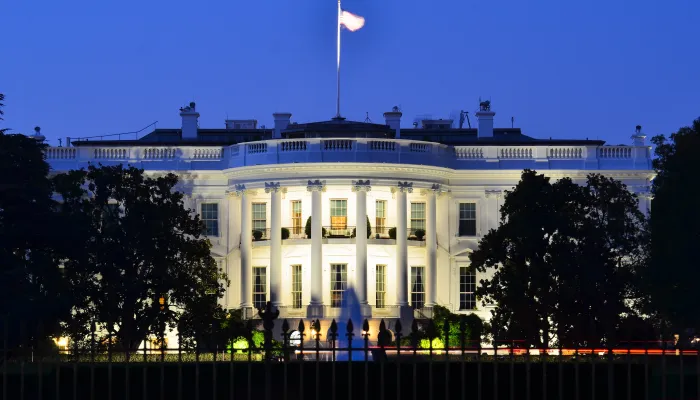FHFA Projects Fannie and Freddie Costs
Update: This blog has been updated to reflect additional information.
A new report by the Federal Housing Finance Agency shows the agency's first look at how much the government’s financial backing of Fannie Mae and Freddie Mac may cost. The report, released Thursday, provides three scenarios demonstrating the Government Sponsored Enterprises' (GSEs) financial condition and how much they will cost the taxpayers through 2013.
As a reminder, Fannie Mae and Freddie Mac are two GSEs that back mortgage loan guarantees. They allow banks to sell the mortgages that they make, providing the banks with more capital for loans. This creates a market distortion in which money lent by banks for mortgages is less expensive and less risky for the banks but more risky for Fannie and Freddie. With the 2008 economic collapse and the housing sector calamity that followed, the GSEs required a insignificant infusion of cash through purchases from the U.S. Treasury. This program remains in place today. The Treasury, through authority granted to it in the Housing and Economic Recovery Act of 2008, has provided $148 billion (in gross terms) in assistance to Fannie and Freddie.
Going forward, uncertainty remains with how much more support both GSEs will require. In the August update CBO projects that over the 2011-2020 period, outlays to Fannie and Freddie will run about $53 billion, on top of the $137 billion (in net terms) that has gone out the door already.
FHFA detailed three scenarios in its report: a low-cost, medium-cost, and high-cost scenario. All three scenarios rely on the same assumptions on interest rates, securities pricing, Agency MBS swap spreads, credit growth guarantees, and non-performing loan portfolio growth. The scenarios differ in their treatment of the three different Moody’s housing pricing scenarios:
- The low-cost scenario assumes Moody’s "Stronger Near-term Recovery" house price path, which leads to higher housing prices in a housing market economy;
- The medium-cost scenario assumes Moody’s “Current Baseline” house price paths, which leads to slightly lower future housing prices and then improvement;
- The high-cost scenario assumes Moody’s “Deeper Second Recession” house price paths, which assumes a second economic recession resulting in deep housing price reductions.
See Page 5-6 of the FHFA report for a discussion of Moody's projected housing pricing.
With the uncertainty of the housing market, it is hard to know for sure which of these three scenarios is the most likely, nor is it recommended that the middle scenario be used as a realistic measure since it is no more likely than the other two (see here for a new report from the Fed on the housing market). With the uncertainty of the economy, continued uncertainty over tax policy, problems with the mortgage market (such as the foreclosure legal problems arising now), it is very difficult to project what the housing market will look like over the next three years.
With the current outlays by the government already at $148 billion, the three estimates predict the federal government ultimately will spend billions more. The low-cost estimate adds $73 billion, the medium-cost adds $90 billion, and the high-cost adds $215 billion by 2013. Putting these estimates on par with CBO, which looks at net outlays, FHFA projects $22 billion less than CBO in the low-cost scenario, $9 billion less than the middle-cost scenario, and $96 billion more for the high cost scenario for the next three years. Also, see Stimulus.org for up-to-date tracking of Fannie and Freddie costs, and all other Fed and economic stimulus actions.
These two GSE are vital to the housing market and we remain quite hopeful about President Obama’s plan for reforming these two entities, which will be released in January. We welcome all other reform plans that policymakers propose. GSE reform is vital and it should be done sooner rather than later to better insulate taxpayers from exposure and additional cost. Until then, it's just another reason to hope that our economy does not sink into a new recession.


